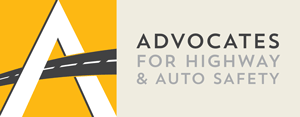For Immediate Release: Thursday August 22, 2019
Contact: Pete Daniels (202) 408-1711, (301) 442-2249 (c) or [email protected]
Back to School 2019:
Many Children are Riding in School Buses that Lack Basic Protections
Over the next few weeks, millions of children will be riding in school buses that do not include design upgrades recommended by the National Transportation Safety Board (NTSB). As a new school year begins, Advocates for Highway and Auto Safety (Advocates) will be working with members of Congress to advance commonsense improvements that will protect students across the country. “We should be doing everything we can to make sure children are properly protected in school buses should a crash occur,” said Cathy Chase, President of Advocates. “While it is true that school buses generally experience fewer crashes than other vehicles, basic safety features, including 3-point seat belts, are not currently required. That needs to change.”
The School Bus Safety Act of 2019 (S. 2278/H.R. 3959), sponsored by Sen. Tammy Duckworth (D-IL) and Rep. Steve Cohen (D-TN), includes the following essential requirements for all new buses:
- 3-point safety belts which include a seat belt across a lap as well as a shoulder harness to help protect passengers by restraining them in case of a collision;
- Automatic Emergency Braking Systems which help prevent crashes by detecting objects or vehicles ahead of the bus and braking automatically;
- Event Data Recorders (EDR) that can record pre- and post-crash data, driver inputs, and restraint usage and when a collision does occur;
- Electronic Stability Control (ESC) Systems that will use automatic computer-controlled braking of individual wheels to assist the driver remain in control of the vehicle;
- Fire Suppression Systems to reduce the severity of engine fires;
- A Firewall that prohibits hazardous quantities of gas or flame to pass through the firewall from the engine compartment to the passenger compartment; and,
- Interior Flammability and Smoke Emissions Characteristics similar to those required in airplanes, passenger cars and locomotive cabs.
The proposed legislation also requires: not less than 30 hours of behind-the-wheel instruction for operators of school buses; the completion of the obstructive sleep apnea rulemaking; and, studies on motion-activated detection systems to improve the safety of road users around school buses and on seat belt alert systems. Additionally, it creates a grant program to help school districts modify their existing bus fleets.
In the U.S., just eight states, Arkansas, California, Florida, Louisiana, Nevada, New Jersey, New York and Texas, have laws requiring the installation of seat belts on school buses. While these vehicles are designed to be safer than passenger cars, crash tests show that unbelted bus riders are far more susceptible to catastrophic injury than those wearing a seat belt.
According to the National Highway Traffic Safety Administration (NHTSA), 1,241 people have died in school transportation-related crashes between 2008 and 2017, an average of 124 deaths each year. Chase concluded, “We urge Congress to take immediate action on the School Bus Safety Act of 2019 to ensure our most precious passengers are safe during their commutes to and from school.”
###

